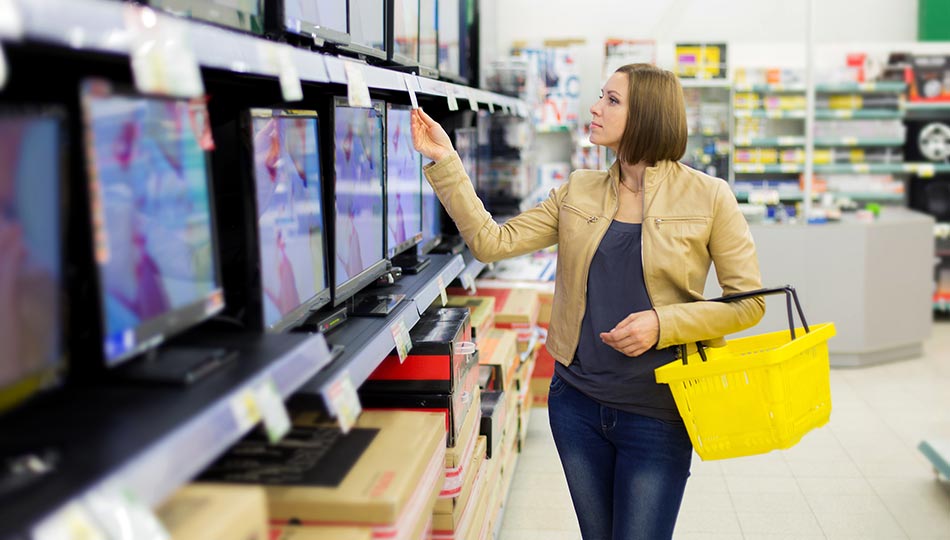Know your electronics and their chemicals
Devices in your home, like phones, computers, tablets, TV sets, game consoles and smart kitchen appliances, are made of hundreds of components and thousands of chemicals.

Some of the chemicals in electronics are toxic – substances like heavy metals, flame retardants, antistatic agents or plastic softeners, for example. But the key question is – are you exposed to them? If you use the device in the way it is intended to be used, then your exposure will be very low. For example, the circuit board of your mobile phone doesn’t normally touch your skin.
But there are some hazardous chemicals, such as certain phthalates and some flame retardants, which can be released from electronic devices into the air and dust in your home. You also need to make sure that you dispose of them correctly – otherwise the toxic substances can be released into your environment.
EU chemicals laws aim to limit or eliminate the use of dangerous chemicals in electronics where safer alternatives exist. Companies are also encouraged to substitute dangerous chemicals with safer alternatives. Companies may get exemptions and authorisations to use certain dangerous chemicals in electronics, usually during a limited time period.
Heavy metals
Heavy metals are currently essential in most electronic devices, although innovative companies are always looking for safer alternatives. Here are some typical examples:
- Cadmium – used in rechargeable computer batteries, contacts and switches.
- Mercury – used in the liquid crystal displays (LCDs) of mobile phones and flat screen computer monitors as well as in switches, batteries and fluorescent lamps.
- Lead – used in the cathode ray tubes (CRTs) found in computer and TV screens.
- Hexavalent chromium – used in the production of different metal housings.
- Nickel – used in some mobile phones’ circuit boards and soldering.
- Lead and cadmium – used in the rechargeable batteries in game consoles and electric toys.
Flame retardants
Flame retardants are used to prevent or slow down the progress of a fire. One of their effects is to give you more time to leave the site in case of a fire. They are therefore pretty robust substances and do not easily biodegrade. They remain in the natural environment for a long time. Flame retardants can migrate from your electronic products into the dust in your house. New electronic devices can also release flame retardants when they get hot.
Tips for safer use
- Look for products with an official ecolabel. For example, TV sets, printers, laptops or computers carrying the EU ecolabel have been produced with the smallest possible use of dangerous chemicals.
- Look for products with CE marking. This means that the manufacturer guarantees that the product fulfils the safety requirements set by the EU.
- Use the products for the purpose and in the ways described in the producer’s instructions.
- Use your right to ask in the shop if your electronic device contains any “substances of very high concern” above a certain limit. By law, the retailer or the producer has to inform you if the product contains any of those substances and how to use it safely.
- Air your rooms regularly and try to avoid the build-up of dust in your home.
- Do not allow small children to chew on or unscrew electronics.
Recycle electronics carefully
The toxic materials in your electronic devices can harm the environment if you don’t dispose of them carefully.
Hand in your old electrical appliances and electronic waste to your local environmental waste or recycling station to avoid leakage of harmful substances into the environment.
Read more
- Articles and chemical products - Swedish Chemicals Agency
- What do we mean by “hazardous chemicals”? - Think before you buy project
Previous Next Layout
Read Also
-
 general
generalUse your right to ask
If you suspect that a product that you buy may contain chemicals that could be harmful, you have the right to ask for information about them.
READ MORE -
 general
generalChemicals in food
All food is made of chemical substances. Many of these occur naturally, some not. Read about additives and find out where to look for more information.
READ MORE
